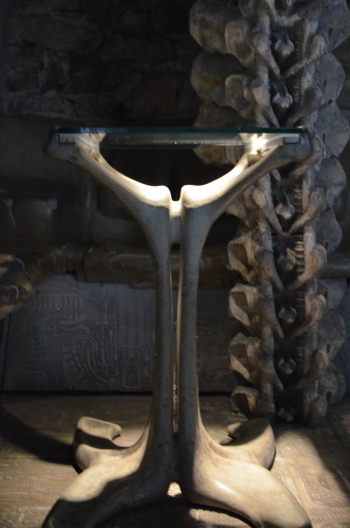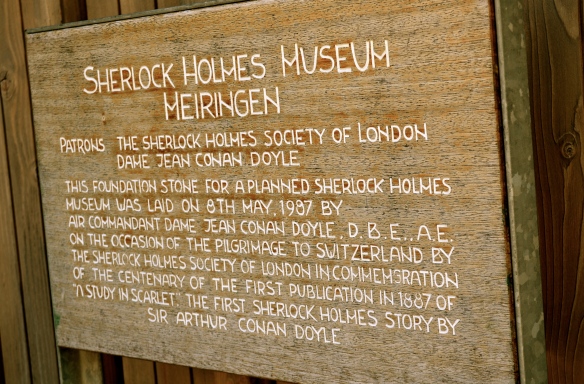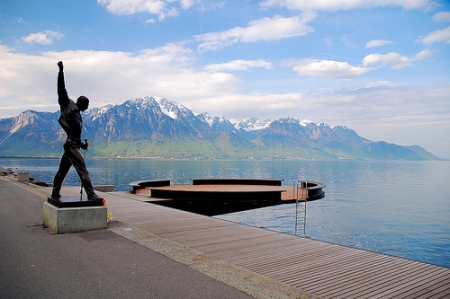Charles II, Duke of Brunswick (1804 – 1873) (aka Charles d’Este-Guelph) inherited the throne as a child after his grandfather and father died fighting (the battles of Jena and Waterloo). Prince George (of the United Kingdom and Hanover) became his guardian.
Between disputes his age of majority Charles’s invalidation of some laws (made during his minority) caused friction. Apparently, he had his fair share of “indiscretions” too. In 1830, he lost his throne and was exiled. Obsessively focused on recovering his lands, he allied himself with anyone he could to get it back. He moved to Paris, where he built a huge palace that was way ahead of its time. While it didn’t have a moat, it had tons of security features including giant walls, hidden spring guns that guarded valuables, and other unique apparatuses. It didn’t, however, have a cook. Since the Duke was a bit paranoid, he ate out. Since he sounds like such a normal guy, such an average Joe, you won’t be surprised to learn that he had a memorable appearance. He was a heavyset fellow who wore elaborate costumes that were lavishly decorated with diamonds. Once, he told some broads that he even had diamonds sewn on his undies! No word on whether they accepted his invitation to see his bling.
When the Franco-Prussian War (between France and Germany) broke out, Brunswick moved to Geneva. He died in the Beau-Rivage Hotel there in 1873. He left his bequeathed his fortune to the City of Geneva with one condition. He requested they build a monument to his memory and specified that it be a replica of the Scaliger Tombs in Verona, Italy. The city used the money to build the golden gates of Parc des Bastions and the city’s opera, the Grand Theatre.
Why Geneva? Although he had an illegitimate (but acknowledged) daughter, he broke ties and removed her from his will when she converted to Catholicism. Some say that the lawsuit he lost requiring him to support her was the real reason he left Paris. Paris’s loss was Geneva’s gain.
In 1979, Geneva built the Brunswick Monument near his final home at the Beau-Rivage Hotel (also near the other five star hotels the Richemont Hotel and the Hotel de la Paix). It is impossible to miss if you walk along the Paquis side of Lac Leman (Lake Geneva).

The inscription on the monument reads: “The Duke of Brunswick, Charles Frederick August William, was a distinguished linguist, horsemen and musician was born 1804. He dethroned and chased out in 1830 and thus, took refuge in Paris, but spent his last three years back in Geneva. Mr. Charles Frederick August William was an eccentric and a paranoid. His death in 18 August 1873 provided a tidy sum for the city Geneva. But in his will, Geneva, as his residuary legatee must provide his final resting place that is in ‘an eminent and worthy location, executed according to the established concept by the finest artists of the time, without consideration of cost”.
Thanks old chap!













































































